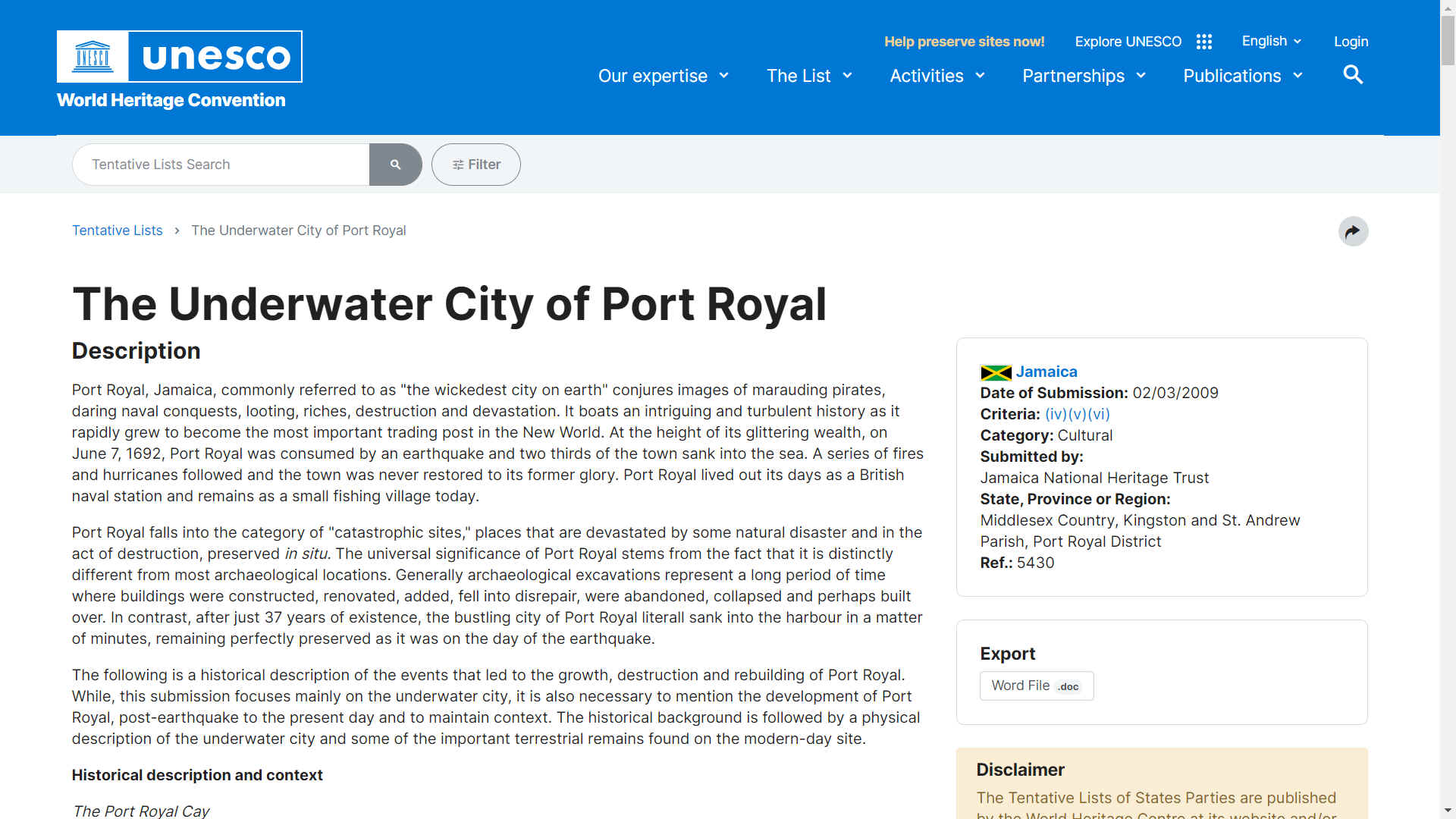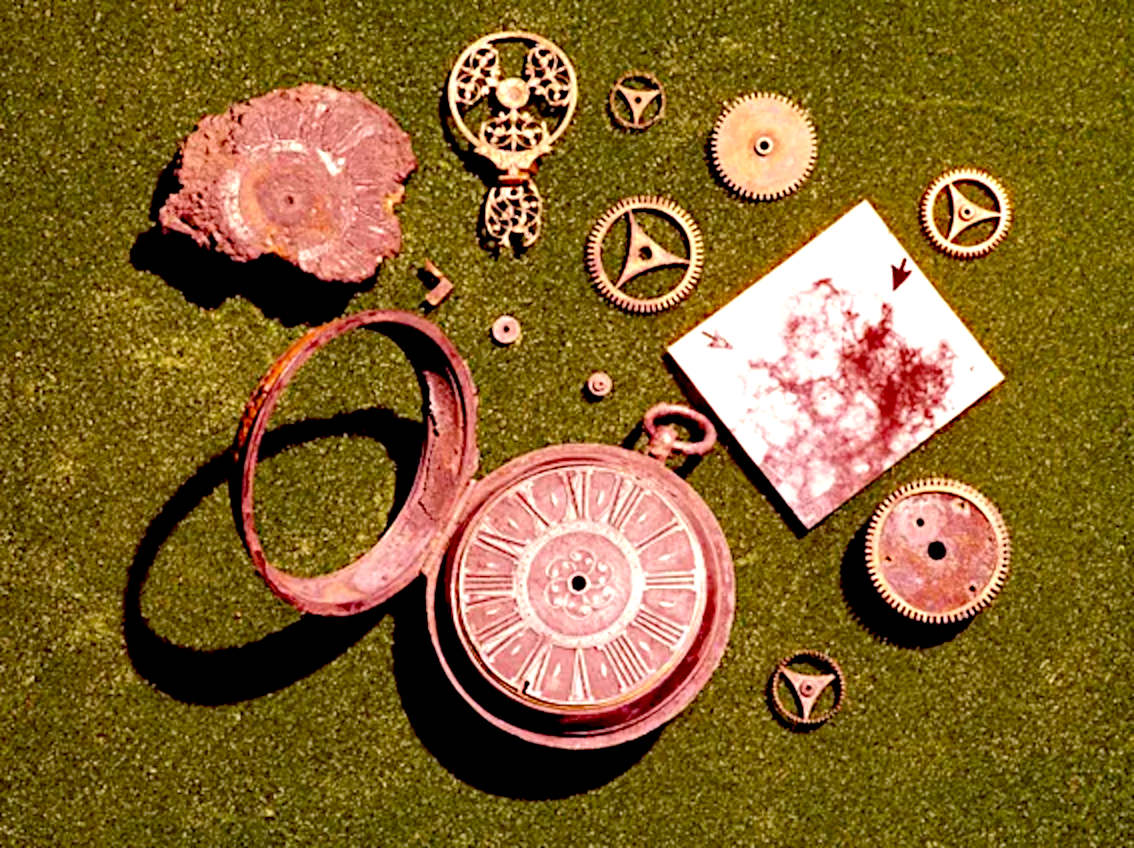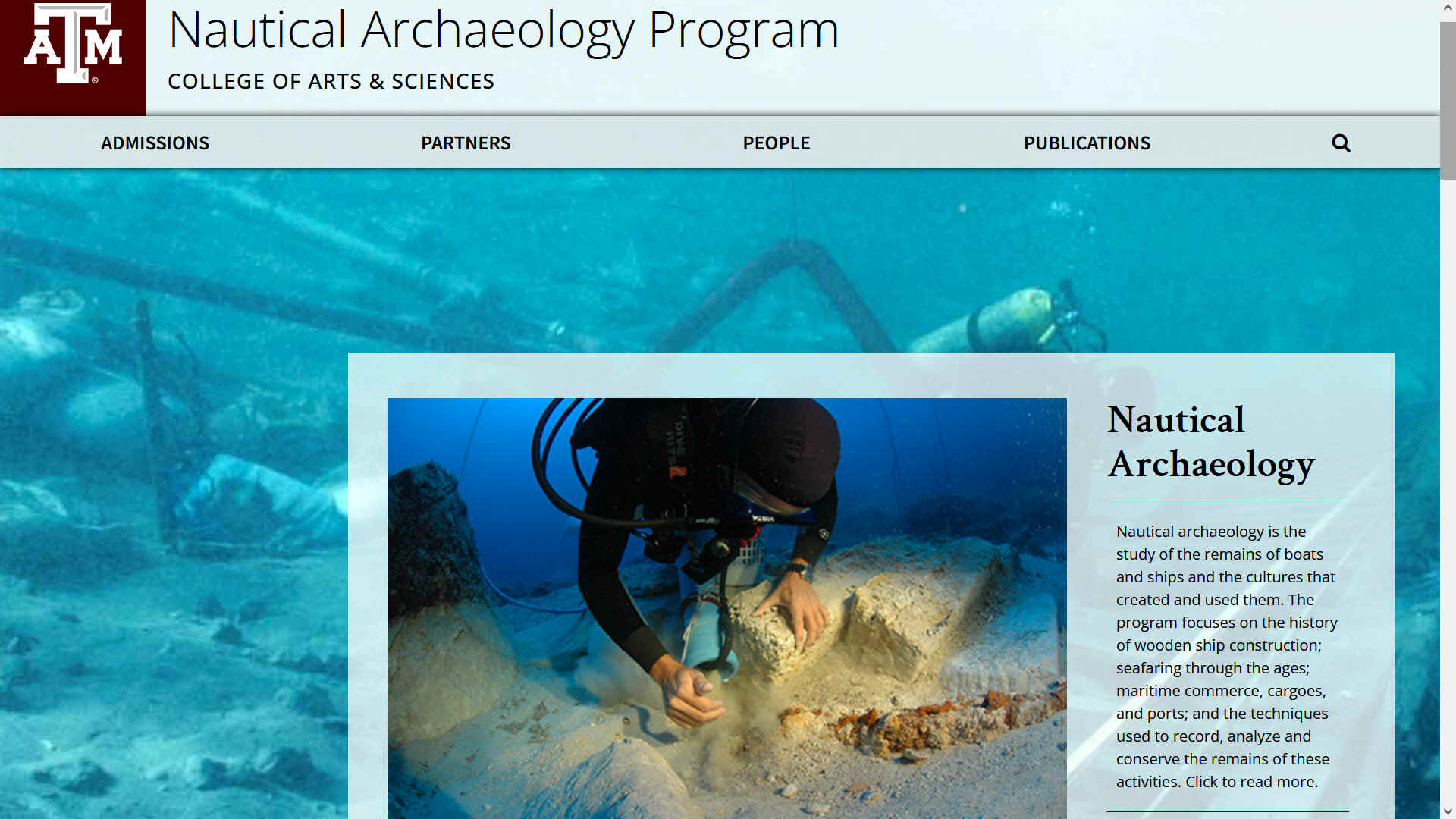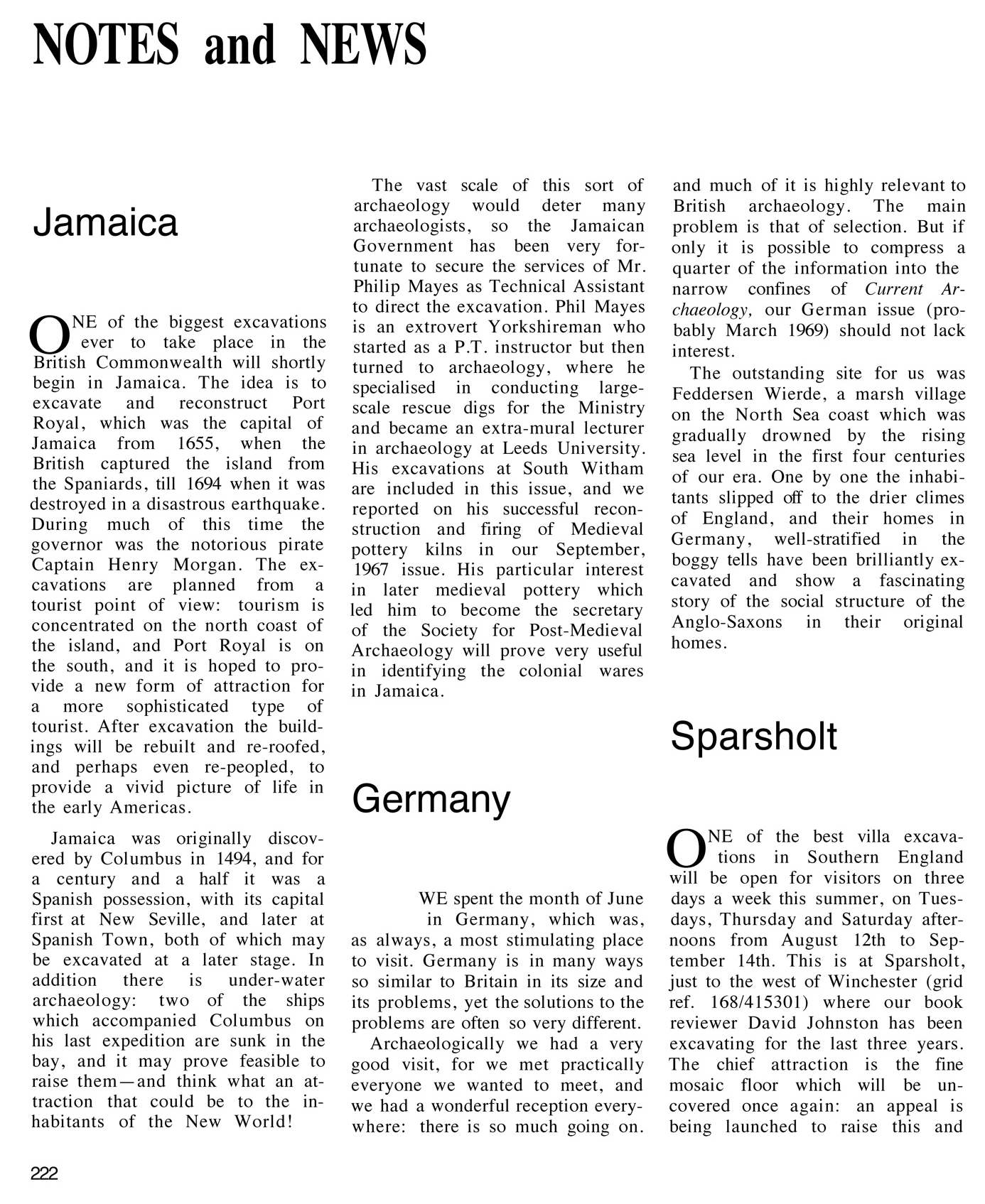
Port Royal, Jamaica: The archaeological problems and potential - Philip Mayes
Pages 97-112 | Received 22 Feb 2007, Published online: 15 Apr 2021
SUMMARY
In September 1968, one of the authors (P. Mayes), having been appointed Head of Mission by the British Ministry of Overseas Development to act as advisor to the Jamaica National Trust Commission, made recommendations which formed the basis for the establishment of the Port Royal Project. The Project is concerned with the excavation, conservation and presentation of 17th century Port Royal, which was founded in 1655 and destroyed by an earthquake in 1692.
For the purposes of archaeology the area was divided into three: the Archaeological‐Historical Reserve, encompassing the protected underwater area and lands currently occupied by government facilities at the west end of Port Royal; the area in the centre of Port Royal which is protected archaeologically by modern housing and the area at the east end of Port Royal in which it was proposed that commercial expansion should be allowed on land held on lease from the Jamaican government.
Work began early in 1969 in a section of this last area, which was threatened, at that time, by the construction of an hotel. This area was part of the shoal water section of sunken Port Royal. Since that date excavation headquarters and conservation laboratories have been established in the old naval hospital and the construction of a major museum, the first phase of the presentation programme, has begun.
NOTES and NEWS - JAMAICA
ONE of the biggest excavations ever to take place in the British Commonwealth will shortly begin in Jamaica. The idea is to excavate and reconstruct Port Royal, which was the capital of Jamaica from 1655, when the British captured the island from the Spaniards, till 1694 when it was destroyed in a disastrous earthquake. During much of this time the governor was the notorious pirate Captain Henry Morgan. The excavations are planned from a tourist point of view: tourism is concentrated on the north coast of the island, and Port Royal is on the south, and it is hoped to pro vide a new form of attraction for a more sophisticated type of tourist. After excavation the buildings will be rebuilt and re-roofed, and perhaps even re-peopled, to provide a vivid picture of life in the early Americas.
Jamaica was originally discovered by Christopher
Columbus in 1494, and for a century and a half it was a Spanish possession, with its capital first at New Seville, and later at Spanish Town, both of which may be excavated at a later stage. In addition there is under-water archaeology: two of the ships which accompanied Columbus on his last expedition are sunk in the bay, and it may prove feasible to raise them—and think what an attraction that could be to the inhabitants of the New World!
The vast scale of this sort of archaeology would deter many archaeologists, so the Jamaican Government has been very fortunate to secure the services of Mr. Philip Mayes as Technical Assistant to direct the excavation. Phil Mayes is an extrovert Yorkshireman who started as a
P.T. instructor but then turned to archaeology, where he specialised in conducting
large scale rescue digs for the Ministry and became an extra-mural lecturer in archaeology at Leeds University.
His excavations at South Witham are included in this issue, and we reported on his successful reconstruction and firing of Medieval pottery kilns in our September, 1967 issue. His particular interest in later medieval pottery which led him to become the secretary of the Society for Post-Medieval Archaeology will prove very useful in identifying the colonial wares in Jamaica.
Much of it is highly relevant to British archaeology. The main problem is that of selection. But if only it is possible to compress a quarter of the information into the narrow confines of Current
Archaeology.
REFERENCE
Yi Hu, Yipang Liu, Jianxiang Ding, Boran Liu, Zhongxin Chu, Regional archaeological underwater survey method: Applications and implications, Archaeological Prospection, 10.1002/arp.1876, 29, 4, (607-622), (2022). Wiley Online Library
Douglas V. Armstrong, Mark W. Hauser, A Sea of Diversity: Historical Archaeology in the Caribbean, International Handbook of Historical Archaeology, 10.1007/978-0-387-72071-5, (583-612), (2009). Crossref
D. L. Hamilton, Preliminary report on the archaeological investigations of the submerged remains of Port Royal, Jamaica 1981–1982, International Journal of Nautical Archaeology, 10.1111/j.1095-9270.1984.tb01173.x, 13, 1, (11-25), (2007). Wiley Online Library
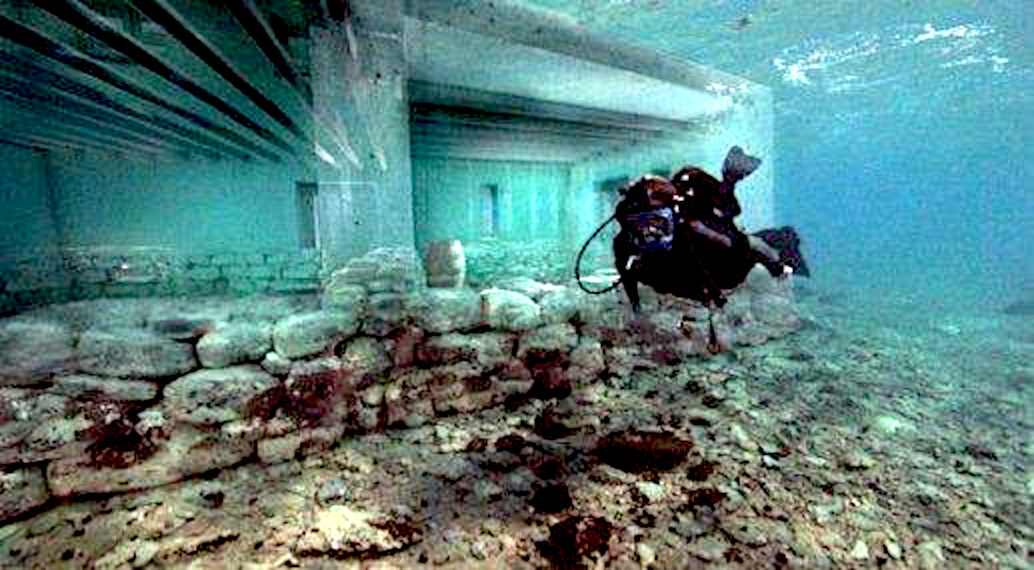
A
diver using SCUBA gear to explore Port Royal
Philip Mayes's project was the fifth quest, to dive on the sunken city, in
hopes of discovering more about the submerged pirate haven.
Port Royal, was held to be the wickedest place on earth, dashed by the
waves as punishment for the brothels, copious taverns and bawdy
lifestyles from the privateers wealth, by way of an act of
God.
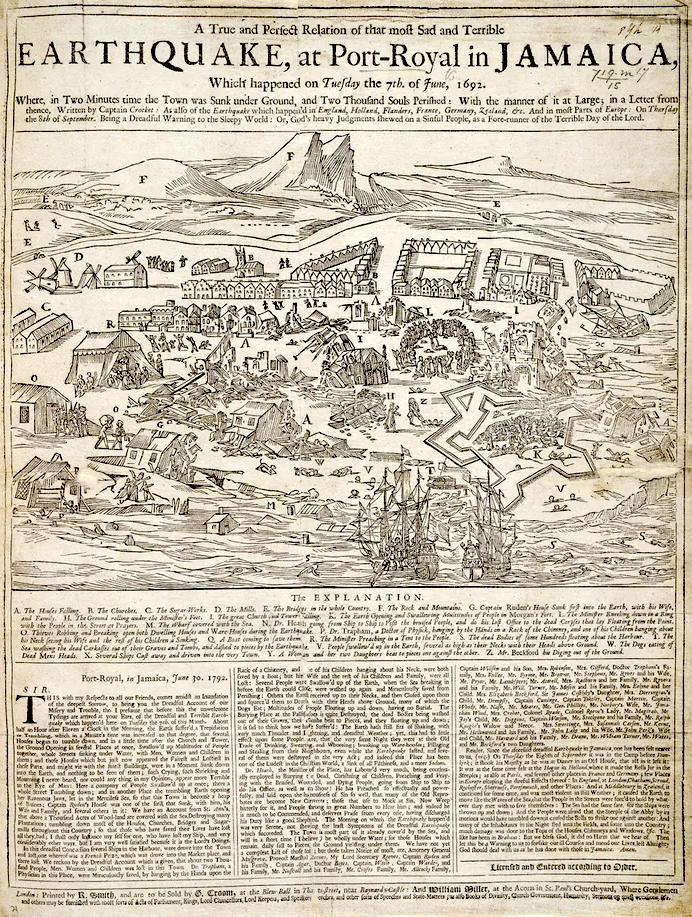
Captain
Sir Henry Morgan was a pirate, and privateer, ending up as the Governor of
Jamaica. He was buried at Palisadoes
Cemetery, then Port Royal was washed
into the Caribbean Sea, the result of an earthquake and
tsunami in 1692. Not to be
seen again for 300 years.
UNDERWATER
ARCHAEOLOGY EXCAVATION IN PORT ROYAL
Underwater explorations and excavations have been conducted in Port Royal over the years. Here is a listing of such excavations. After the 1692 earthquake, people tried to
salvage anything considered to be valuable from the area, which became known as the Sunken City.
1859: Jeremiah Murphy a naval diver, using a diving bell located the remains of Fort James.
1956 - 1959: Edwin Link dug test pits in the King's Warehouse and Fort James.
1960:
Norman Scott explored Fort Carlisle.
1965 - 1968: Robert Marx excavated between twenty to thirty buildings in the Sunken City.
1969
- 1970: Philip Mayes Excavation. Mayes was hired by the Jamaican National Trust Commission to continue research. Mayes is accredited with uncovering
St. Paul’s Church of Port Royal, the largest building of the 17th century city.
1981 - 1990: Institute of Nautical Archaeology of the Texas A&M
(Agricultural & Mechanical) University in close cooperation with the Archaeology Division excavated buildings near the intersection of Queen and High Street.
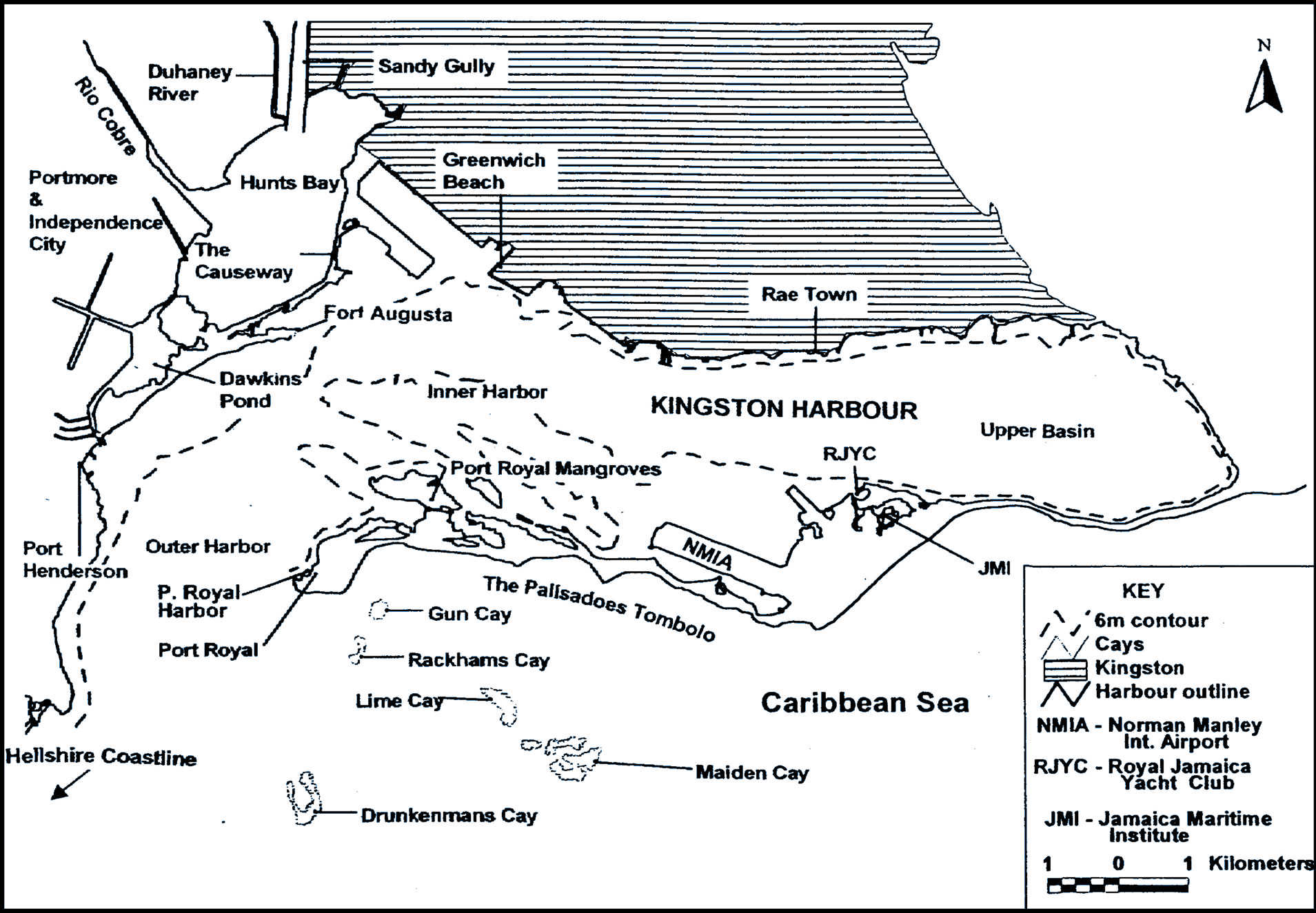
Port Royal mangroves: Hurricane Refuge lagoon, Fort Rocky lagoon and Cemetery lagoon.
An
earthquake in the Caribbean
struck Port Royal, Jamaica, on
the 7th of June 1692. A stopped pocket watch found in the harbor during a 1959 excavation
conducted by Edwin
Link and his wife Marion, indicated that the resultant tsunami occurred around 11:43 AM local time.
Known as the "storehouse and treasury of the West Indies" and as "one of the wickedest places on Earth", Port Royal was, at the time, the unofficial capital of Jamaica and one of the busiest and wealthiest ports in the Americas, as well as a common home port for many of the privateers and pirates operating on the
Caribbean
Sea. Sometimes called the Sodom of the Universe.
The 1692 earthquake caused most of the city to sink below sea level. About 2,000 people died as a result of the earthquake and the following tsunami, and another 3,000 people died in the following days due to injuries and disease.
